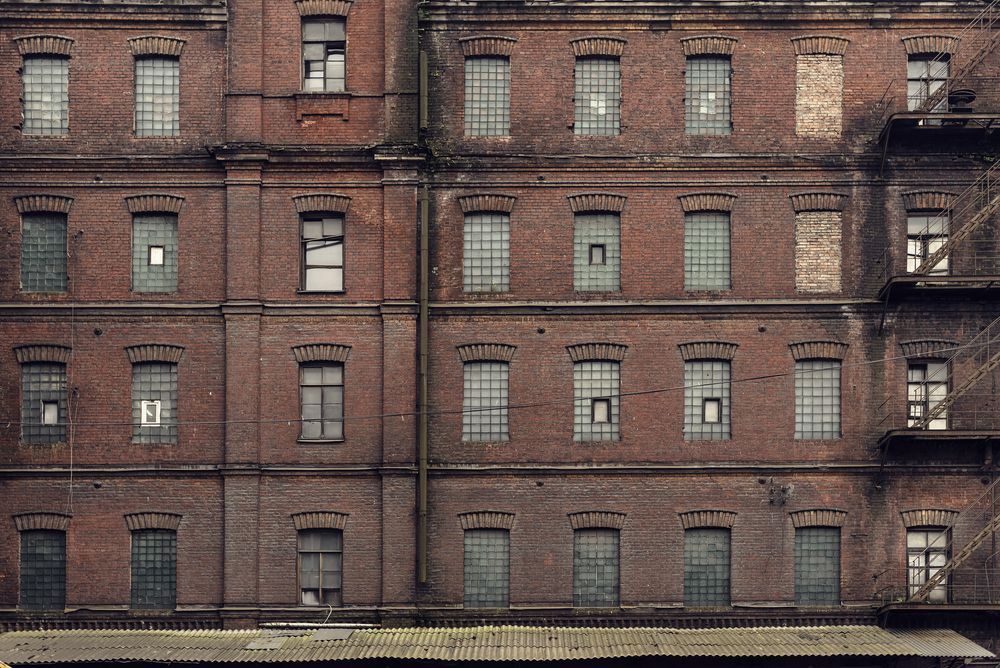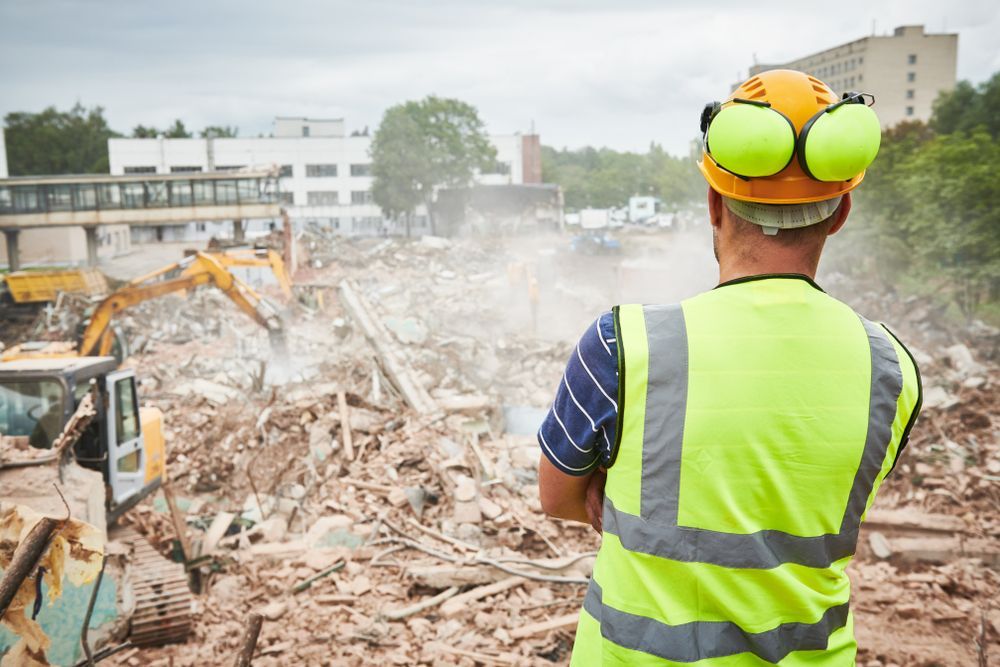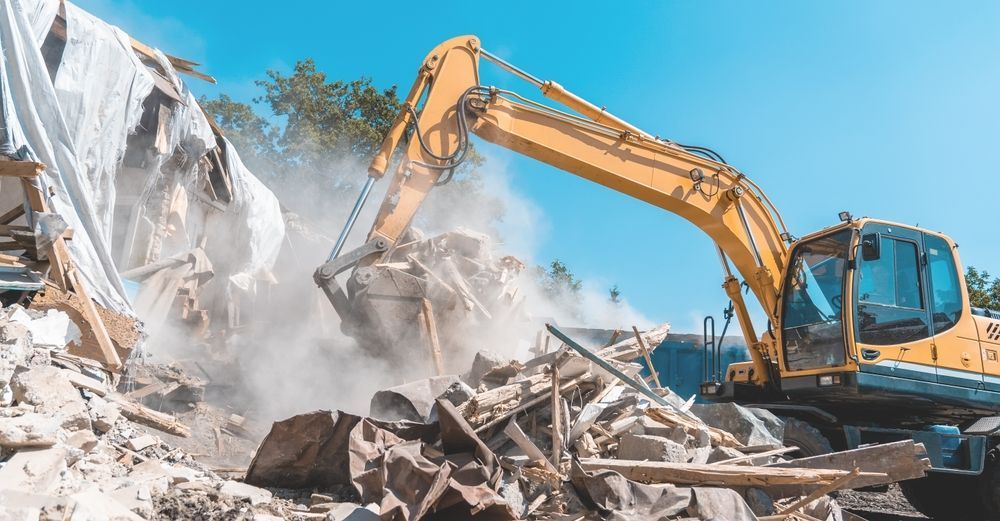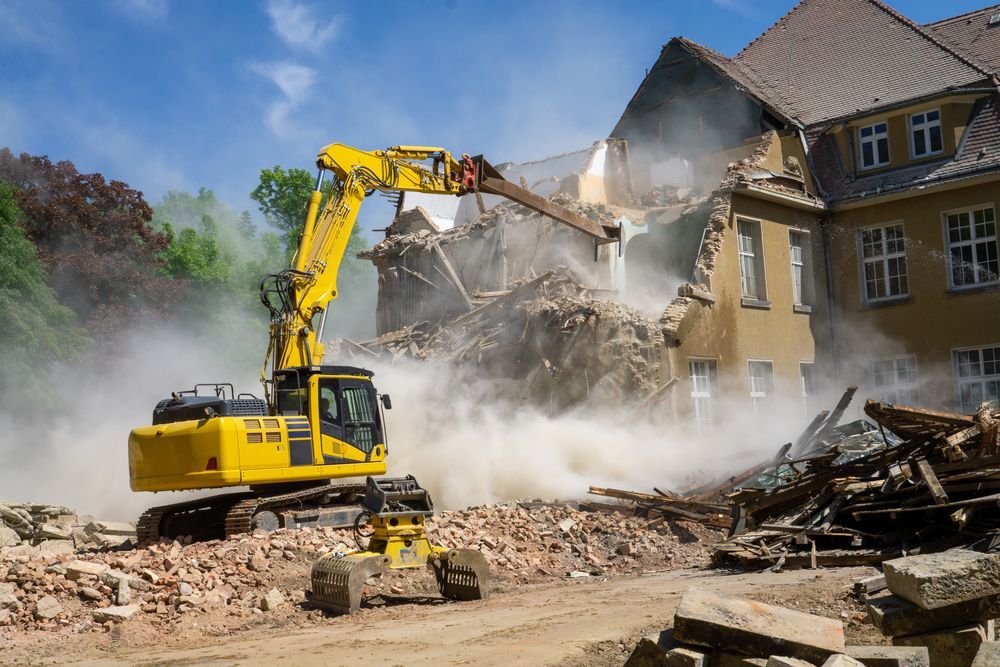Why Aren’t Abandoned Buildings Demolished?
Share this article:

The J.L. Hudson Department store built along Woodward Avenue in downtown Detroit was one of the most iconic buildings in any major American city. As the flagship building for the Hudson’s department store chain, it was constructed in various stages between 1911 and 1946 before it was closed and vacated in the late 1980s. It sat vacant for nearly a decade before it was demolished in 1998.
The old J.L. Hudson Department store is just one example of
commercial buildings located throughout America that have sat vacant for long periods of time before they were demolished to make way for new developments. And being that these buildings are largely not maintained, they become eyesores. Some developments are still sitting vacant and waiting for the wrecking ball or for a significant renovation or remodel, several decades after being vacated. It begs the question: Why aren’t abandoned buildings demolished?
The answer, as you might expect, is somewhat complicated. In this post, we’ll discuss why it’s a lot more difficult than you might initially think to demolish an abandoned building. We’ll also cover some of the key reasons why buildings have become abandoned in the first place. Here’s a closer look at what you need to know:
Cost of Demolition
One of the biggest prohibiting factors behind why abandoned buildings aren’t demolished is because of the cost associated with doing so. Even just demolishing a single-family home has the potential to cost at least $20,000-$30,000. When you consider the amount of planning and work that must go into the demolition of a commercial property, the costs can escalate. Demolishing is one thing – there’s also the task of removing all of the debris from the site after it’s taken down. There could also be
asbestos, mold, or lead abatement that may need to be carried out prior to the property’s demolition. The amount of asbestos in a building could double the cost of the demolition. It’s a complicated process, and that’s even a bit of an understatement. Sometimes it’s easier to let an abandoned building site, regardless of how much of a detractor it’s become in a local community.
In the case of abandoned property, there’s also often the question of who is paying for the property. Is it the property owner (if there even is an owner), the bank, or the local municipality? We’ll get into more of this in the next section. All of these complexities – combined with the cost of demolition – often make it easier to just leave the building.
Legal Process
As we noted above, there’s a lot more complexity that goes into a
commercial demolition than just the cost of carrying it out. There’s often a long legal process involved to see who even owns the property and who would be responsible for its demolition. The local municipality could always acquire the abandoned property for the purpose of demolishing it, but that’s often cost-prohibitive to its budget. Even if the local municipality does pursue ownership for the purpose of demolition, there’s due process that needs to be followed – and the transfer of ownership can take anywhere from several months to several years. In other words, when there’s a legal process involved, you should never expect a timely outcome.
Noting this, many municipalities hope that a new owner
sees potential for either the existing abandoned building or the site, purchases it, and either will renovate the property so that it’s able to be occupied again or pay for demolition so that they can carry out any vision they have for the site in the future.
Health Concerns
Older buildings tend to come with various health and safety concerns – and these concerns tend to be amplified if a building has been neglected for a period of time. For instance, buildings constructed before 1970 were likely built with
asbestos-containing materials. Lead pipes are also common in older developments. In many cases, proper lead and asbestos remediation needs to be carried out before the building can be demolished to avoid environmental contamination, which adds to the cost of the project. In many cases, the cost, legal process, and health and safety concerns just aren’t worth it to
pursue demolition.
Why Would a Commercial Building be Abandoned?
There are several reasons why a commercial development may be abandoned. Three of the most common reasons include:
- The cost to maintain it: It’s no secret that older buildings require more maintenance than newer developments. Noting this, owners may not see the benefit of investing in maintaining an older building. This can result in the abandonment of the property.
- Safety reasons: Over time, mother nature can take its toll on a building, especially severe weather such as tornadoes and hurricanes and other natural disasters like earthquakes. These events have the potential to cause significant damage to a property, which may render it unsafe to occupy until the proper repairs or maintenance is carried out. Oftentimes, when a property is abandoned for safety reasons, a temporary vacancy turns into a permanent one. In other conditions, wear and tear from severe weather can increase the cost of maintenance and make it a prohibitive factor for remaining.
- Environmental issues: Environmental contamination, such as mold growth, asbestos exposure, poor indoor air quality, and lead exposure may force building occupants to exit for health and safety reasons. Again, when a property is abandoned so abatement can be carried out, a temporary vacancy often turns into a permanent one.
Alpine Demolition Services
For more information on why not all abandoned buildings are demolished and to learn more about demolition practices and services, contact Alpine Demolition today. As experts in all-things demolition, our experienced professionals take pride in performing safe, effective, and efficient demolition work – and we work with property owners and municipalities to ensure that best practices are followed. Contact us today to learn more about and to schedule a consultation.



